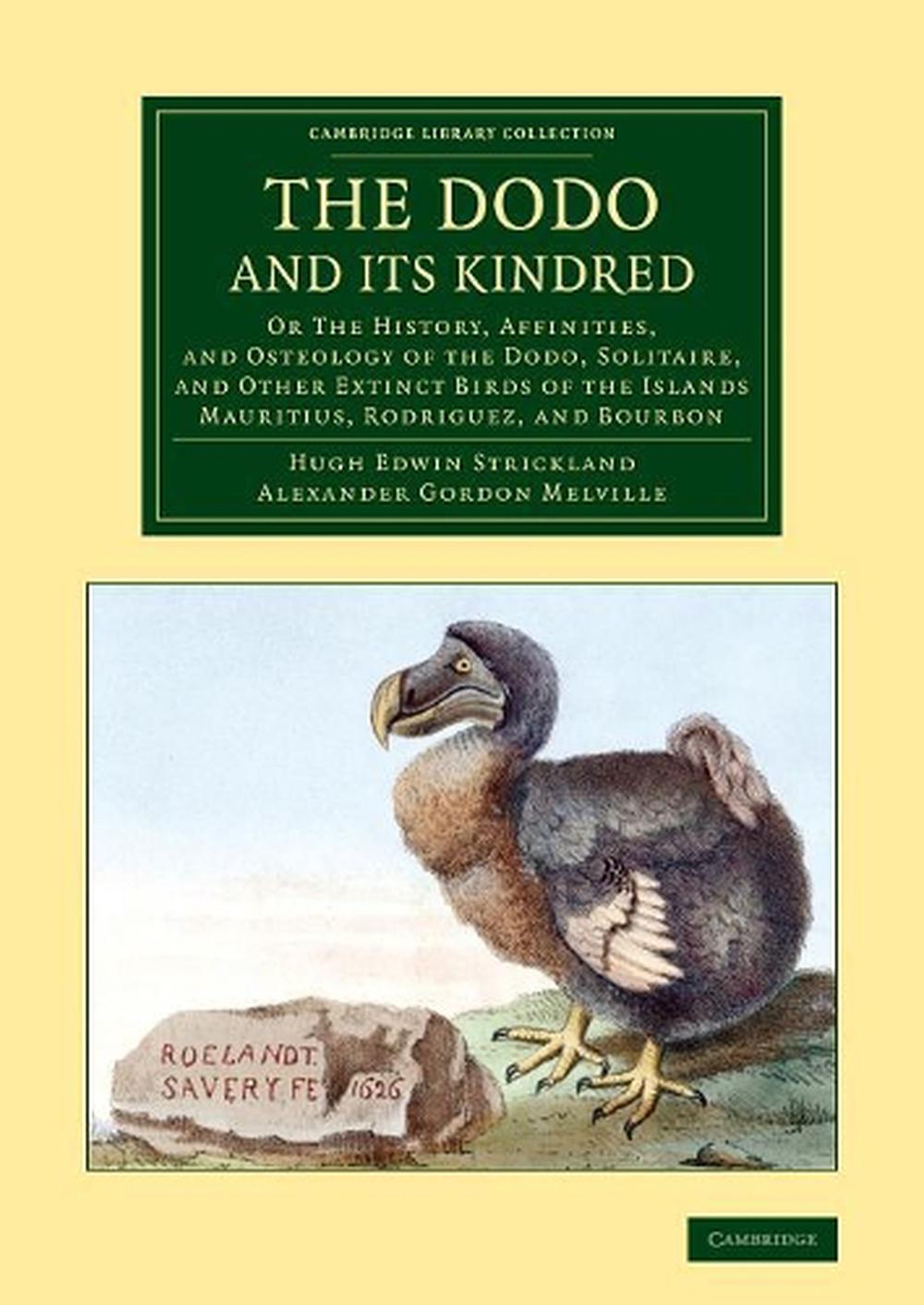

This research, as well as many other aspects of the novel, is presented in a highly entertaining, interlinked set of letters, diary entries, slide presentations, interviews, memoranda and more, all produced by an array of characters from the past and the present (and from both).Īrmed with that knowledge, and with a Schrödinger’s cat-like device designed by a disgraced theoretical physicist once employed by Harvard University, Melisande eventually learns that the agency she works for is the Department of Diachronic Operations. Melisande and her colleagues-some friendly, some not-engage in extensive research, both practical and applied. who recruited her, eventually identify the end of magic as having occurred simultaneously with the snapping of a particular photograph, which recorded a solar eclipse on July 28 th, 1851. In fact, Melisande and Tristan Lyons, the agent of D.O.D.O. These documents-many of which make part of the text of the novel-all indicate that magic was once widely prevalent, but that it gradually disappeared with the rise of the Age of Enlightenment and, especially, the Industrial Revolution. Thus is the response to every question linguist Melisande Stokes raises after she’s hired by a self-described “shadowy government agency” to translate dozens of documents with provenances ranging from across the world and various eras. Note: There is a limit of one copy per edition/per household. (preorder-to be published in Summer 2023)ĭust jacket and interior illustrations by Patrick Arrasmith.


 0 kommentar(er)
0 kommentar(er)
